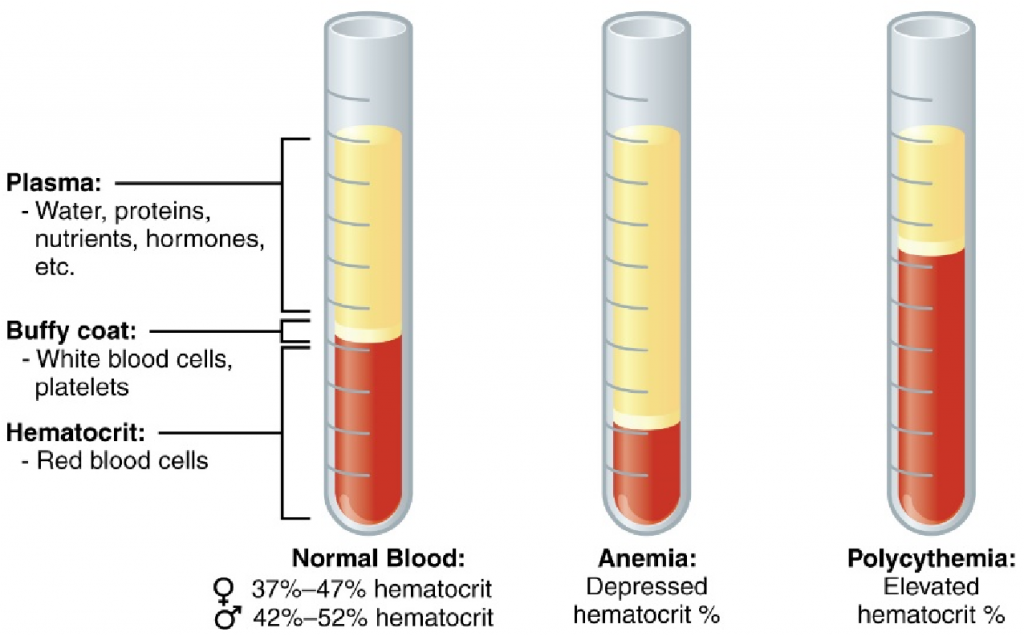Lab 8: Blood Pressure and Blood Characteristics

Abstract: The cardiovascular system is the pathway by which materials are transported throughout the body over relatively long distances by bulk flow in the blood. Materials transported by the blood include, but are not limited to, oxygen, glucose (and other nutrients), carbon dioxide (and other waste products, such as urea), electrolytes pathway for distribution of heat throughout the body. One measure of cardiac function is, hormones, and antibodies. The blood is also the primary cardiac output (CO) or blood flow. Cardiac output is the amount of blood pumped by a ventricle per minute. A normal cardiac output at rest is 5 L/min from each ventricle. Cardiac output is calculated by multiplying the heart rate (HR) by the stroke volume (SV). Stroke volume is the amount of blood pumped by a ventricle with each contraction. Cardiac output is also affected by the mean arterial pressure (MAP) and the total peripheral resistance (TPR) against which the heart is working. In order to move blood through the blood vessels, the heart contracts and generates blood pressure. Blood pressure is usually measured in the systemic arteries, but blood pressure in all parts of the cardiovascular system is physiological important. In this lab, we will examine the physiological significance of heart rate, blood pressure, and blood flow. We will also investigate the buffering capacity of blood and measure the hematocrit or proportion of the blood consisting of red blood cells.
